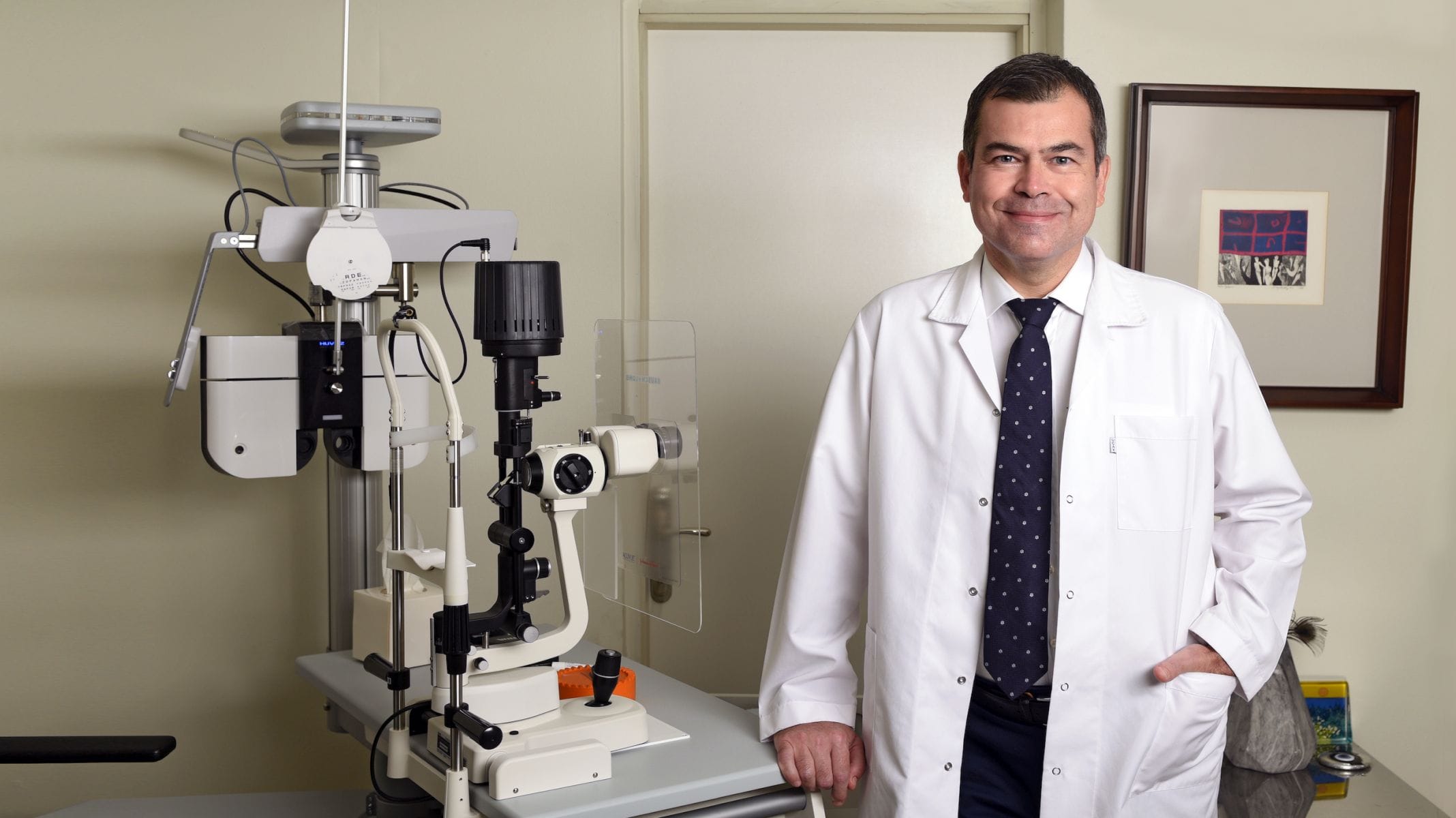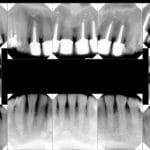This comprehensive guide provides valuable information about Epiretinal Membranes (ERMs), also known as macular pucker. Whether you’re experiencing vision changes or simply seeking knowledge, this article offers insights into ERM symptoms, diagnosis, and treatment.
What is an Epiretinal Membrane?
An epiretinal membrane (ERM), also known as macular pucker, is a thin, semi-transparent layer of scar tissue that forms on the surface of the retina—the light-sensitive tissue lining the back of your eye. This membrane can wrinkle or contract, distorting the underlying macula, the central part of the retina responsible for sharp, detailed vision. Think of the macula as the bullseye on a target; it’s what you use for tasks requiring fine detail like reading and recognizing faces. The ERM is like a wrinkled piece of cellophane covering this bullseye, potentially distorting the picture. ERMs are more common in individuals over 50, with studies suggesting they may affect 10% to 20% of people, and the likelihood increases with age. Synonyms for ERM include cellophane maculopathy, premacular fibrosis, surface wrinkling retinopathy, preretinal membrane, and epimacular membrane.
Deciphering the Causes of ERM
The exact cause of an ERM often remains a mystery, and doctors may classify these as “idiopathic” ERMs. However, the most common cause is likely Posterior Vitreous Detachment (PVD), a typical age-related occurrence. The vitreous is a gel-like substance that fills the eye. As we age, this gel can shrink and separate from the retina, sometimes leaving behind cellular debris that can form the ERM. Other potential causes include eye inflammation, trauma (like an eye injury), retinal tears, eye surgeries, vascular diseases, and certain retinal conditions like diabetic retinopathy. Some experts also suggest that genetics may play a role, although research in this area is ongoing.
Recognizing the Symptoms of ERM
Many ERMs are asymptomatic, meaning they don’t cause noticeable symptoms, especially in the early stages. However, as the membrane thickens and contracts, it can lead to a variety of visual disturbances. Some people might have a very mild form that doesn’t affect their vision significantly. Symptoms, when present, can be subtle initially but may progress over time. They include:
- Blurred Vision: Particularly in the central visual field.
- Wavy or Distorted Vision (Metamorphopsia): Straight lines appear curved or bent, a hallmark symptom of ERM.
- Decreased Visual Acuity: Difficulty seeing fine details, impacting tasks like reading or threading a needle.
- Double Vision (Diplopia): Less common, but possible.
Diagnosing ERM: A Closer Look
Diagnosing an ERM involves a comprehensive eye exam including:
- Visual Acuity Test: Measures how clearly you can see at various distances.
- Optical Coherence Tomography (OCT) Scan: The gold standard for ERM diagnosis. This non-invasive imaging test provides highly detailed cross-sectional images of the retina, allowing doctors to visualize the ERM, measure its thickness, and assess its impact on the macula. OCT scans may reveal telltale signs of ERM, such as thickening of certain retinal layers and wrinkling of the retinal surface, helping to confirm the diagnosis.
- Amsler Grid Test: A grid pattern used to detect distortions in central vision, which can be indicative of ERM.
Treatment Options for ERM
Treatment decisions for ERM depend on the severity of symptoms and their impact on daily life.
- Observation/Monitoring: If the ERM is asymptomatic or minimally symptomatic, regular monitoring with OCT scans is usually recommended to track any changes. This “watch and wait” approach is often appropriate for mild cases that don’t significantly affect vision.
- Surgery (Vitrectomy): If vision is significantly impaired by the ERM, a surgical procedure called a vitrectomy is typically recommended. During a vitrectomy, the surgeon removes the vitreous gel from the eye, along with the ERM itself. This allows the retina to flatten out, often improving vision. Vitrectomy is generally successful in improving vision distortion caused by ERMs, and most people experience some level of improvement, although some residual distortion may persist. Recovery can take several months, and the final visual outcome can vary depending on the severity of the ERM and other individual factors.
Learn more about d0120 dental code, explore the d0210 dental code to get complete information.
Prognosis and Ongoing Research
The prognosis after ERM treatment is generally good, especially with surgical intervention. While vitrectomy is often effective, it’s important to note that complete restoration of vision isn’t always guaranteed. Some residual distortion may persist even after successful surgery.
Research is ongoing to unravel the complexities of ERM. Scientists are investigating various growth factors and inflammatory processes involved in their development. This research could potentially lead to new therapies that may prevent ERM formation or even reverse the damage they cause, perhaps reducing the need for surgery in the future.
Is Macular Pucker the Same as Epiretinal Membrane?
Macular pucker and epiretinal membrane (ERM) are often used interchangeably, and they essentially refer to the same condition. The epiretinal membrane is the thin layer of scar tissue that forms on the surface of the macula. Macular pucker refers specifically to the wrinkling or puckering of the macula caused by the contraction of this membrane. So, macular pucker is a result of an ERM.
Should I Worry About an Epiretinal Membrane?
While an ERM diagnosis might seem concerning, it’s important to remember that most ERMs do not cause significant vision problems and don’t require treatment. Regular monitoring is usually sufficient in these cases. However, if you experience any changes in your vision, such as blurred or distorted vision, it’s essential to consult an ophthalmologist for a proper diagnosis and personalized treatment plan. Early detection and appropriate management can help preserve your sight and quality of life. Not all blurry or distorted vision is caused by an ERM; other eye conditions can cause similar symptoms. This reinforces the importance of a professional evaluation.
| Question | Answer |
|---|---|
| What are the symptoms of ERM? | Blurred or distorted vision (straight lines appearing wavy), decreased central vision. |
| What is the prognosis? | Vitrectomy typically improves vision distortion, but some may remain. Not all ERMs require treatment. |
| How is ERM diagnosed? | Primarily through Optical Coherence Tomography (OCT), which shows characteristic changes in the retina. |
| What causes ERM? | Often unknown (idiopathic), but PVD, eye surgeries, inflammation, or other eye conditions may play a role. |
| How common is ERM? | Estimates suggest 10-20% of the population is affected, primarily older adults. |
| What is the treatment? | Monitoring for asymptomatic or mild cases; vitrectomy (surgical removal of vitreous gel and ERM) for symptomatic cases. |
| Is macular pucker the same as ERM? | Yes, macular pucker is the wrinkling caused by the ERM. |
| Should I worry about ERM? | Most ERMs are not a cause for alarm, but any vision changes should be checked by an ophthalmologist. |
ICD-10 code for ERM in the right eye: H35.371 (valid from October 1, 2024, to September 30, 2025). There are separate codes for the left eye and for cases where both eyes are affected. This code is used for insurance and record-keeping purposes.
Remember, this information is for general knowledge and does not replace professional medical advice. If you have concerns about your vision, consult an eye doctor for a proper diagnosis and personalized treatment plan.
- Unveiling Bernhard Caesar Einstein’s Scientific Achievements: A Legacy in Engineering - July 15, 2025
- Uncover who is Jerry McSorley: CEO, Family Man, Business Success Story - July 15, 2025
- Discover Bernhard Caesar Einstein’s Scientific Contributions: Unveiling a Legacy Beyond Einstein - July 15, 2025















